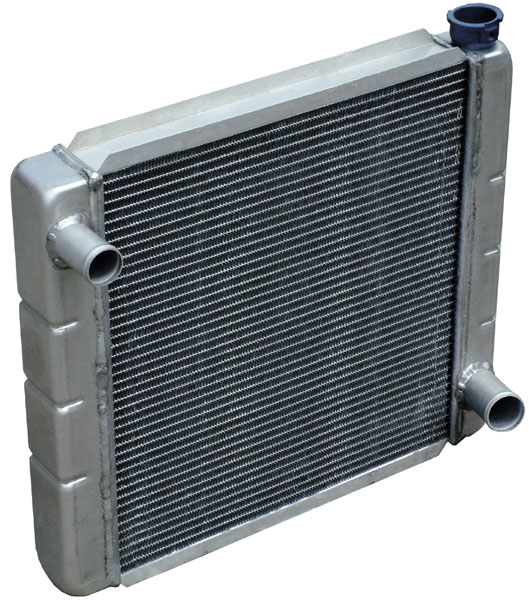|
Boeing Model 15
The Boeing Model 15 is a United States single-seat open-cockpit biplane fighter aircraft of the 1920s, manufactured by the Boeing company. The Model 15 saw service with the United States Army Air Service (as the PW-9 series) and with the United States Navy as a carrier-based fighter (as the FB series). Design and development The design of the Model 15 was based on studies of the Fokker D.VII, of which 142 were brought back to the U.S. for evaluation as part of the Armistice Agreement ending World War I. Many of the features were similar. The Model 15 had a fuselage of welded steel tubing braced with piano wire, while the tapered single bay wings were fabric on a wooden frame, with spruce and mahogany wing spars and three-ply wood ribs. Wing struts were changed from the normal wood used in Boeing designs to streamlined steel tubes. The landing gear had a straight axle, streamlined into a small chord wing. The original engine was a Wright-Hispano, but when the liquid-cooled ... [...More Info...] [...Related Items...] OR: [Wikipedia] [Google] [Baidu] |
WikiProject Aircraft
A WikiProject, or Wikiproject, is an affinity group for contributors with shared goals within the Wikimedia movement. WikiProjects are prevalent within the largest wiki, Wikipedia, and exist to varying degrees within Wikimedia project, sibling projects such as Wiktionary, Wikiquote, Wikidata, and Wikisource. They also exist in different languages, and translation of articles is a form of their collaboration. During the COVID-19 pandemic, CBS News noted the role of Wikipedia's WikiProject Medicine in maintaining the accuracy of articles related to the disease. Another WikiProject that has drawn attention is WikiProject Women Scientists, which was profiled by ''Smithsonian Magazine, Smithsonian'' for its efforts to improve coverage of women scientists which the profile noted had "helped increase the number of female scientists on Wikipedia from around 1,600 to over 5,000". On Wikipedia Some Wikipedia WikiProjects are substantial enough to engage in cooperative activities with outsi ... [...More Info...] [...Related Items...] OR: [Wikipedia] [Google] [Baidu] |
Radiator (engine Cooling)
Radiators are heat exchangers used for cooling internal combustion engines, mainly in automobiles but also in piston-engined aircraft, railway locomotives, motorcycles, stationary generating plants or any similar use of such an engine. Internal combustion engines are often cooled by circulating a liquid called '' engine coolant'' through the engine block and cylinder head where it is heated, then through a radiator where it loses heat to the atmosphere, and then returned to the engine. Engine coolant is usually water-based, but may also be oil. It is common to employ a water pump to force the engine coolant to circulate, and also for an axial fan to force air through the radiator. Automobiles and motorcycles In automobiles and motorcycles with a liquid-cooled internal combustion engine, a radiator is connected to channels running through the engine and cylinder head, through which a liquid ( coolant) is pumped by a coolant pump. This liquid may be water (in climates ... [...More Info...] [...Related Items...] OR: [Wikipedia] [Google] [Baidu] |
Arresting Hook
A tailhook, arresting hook, or arrester hook is a device attached to the empennage (rear) of some military fixed-wing aircraft. The hook is used to achieve rapid deceleration during routine landings aboard aircraft carrier flight decks at sea, or during emergency landings or aborted takeoffs at properly equipped airports. The tailhook was first demonstrated at sea on 18 January 1911 by the aviator Eugene Ely, having successfully landed aboard the armored cruiser USS ''Pennsylvania'' with the aid of the device. It was not until the early 1920s that a practical system, paired with deck-mounted arresting gear, was devised and put into use. During the 1930s, numerous vessels were thus equipped, permitting the use of increasingly heavy combat aircraft at sea during the Second World War. Following the introduction of jet-powered aircraft during the 1950s, arrestor technology was further advanced to permit aircraft operating at greater speeds and weights to land aboard aircraft car ... [...More Info...] [...Related Items...] OR: [Wikipedia] [Google] [Baidu] |


